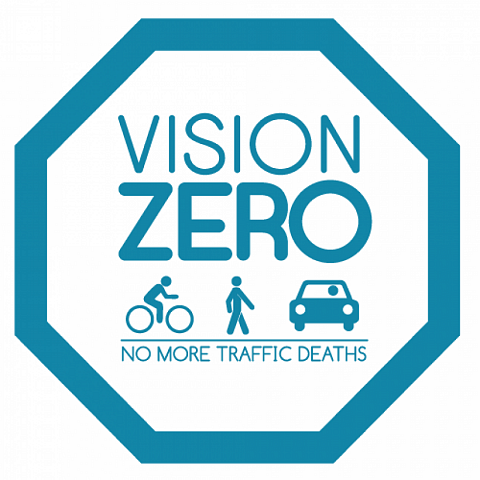 Transportation
Transportation Regional Planning
Regional Planning
Vision Zero is an approach to transportation safety planning based on the premise that our transportation system can, and must, be designed to anticipate human error and prevent crash fatalities and serious injuries on the road. Vision Zero recognizes that people will make mistakes, so infrastructure and policy should be designed to ensure those mistakes are not fatal or life altering. Embraced both globally and among municipalities across the country, adopting Vision Zero involves setting the goal of eliminating traffic deaths by a defined date (Philadelphia, for instance, is committed to zero traffic deaths by 2030, while DVRPC’s Connections 2050 Plan sets a target date of 2050). A Vision Zero commitment can be made by a city, town, county, region, or state, but in all cases it must have executive-level buy-in, engage a broad range of government agencies (e.g., public works, police, public health, etc.), set a clear goal for eliminating traffic deaths, and develop a data-driven plan to accomplish that goal. Once adopted, a Vision Zero policy will alter spending and other prioritization decisions where they impact road safety by focusing on the shared goal of eliminating traffic deaths and improving roadway safety for all users.
